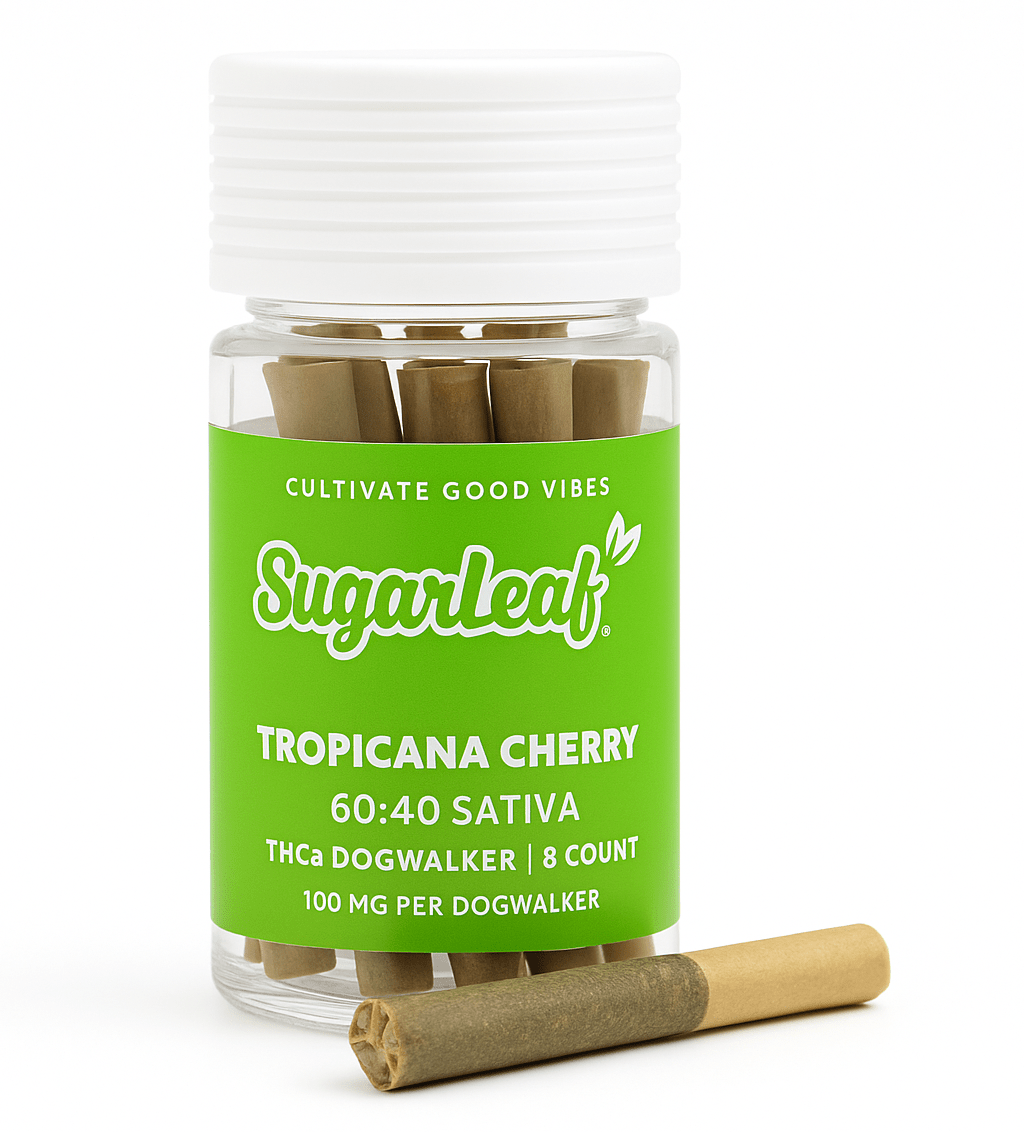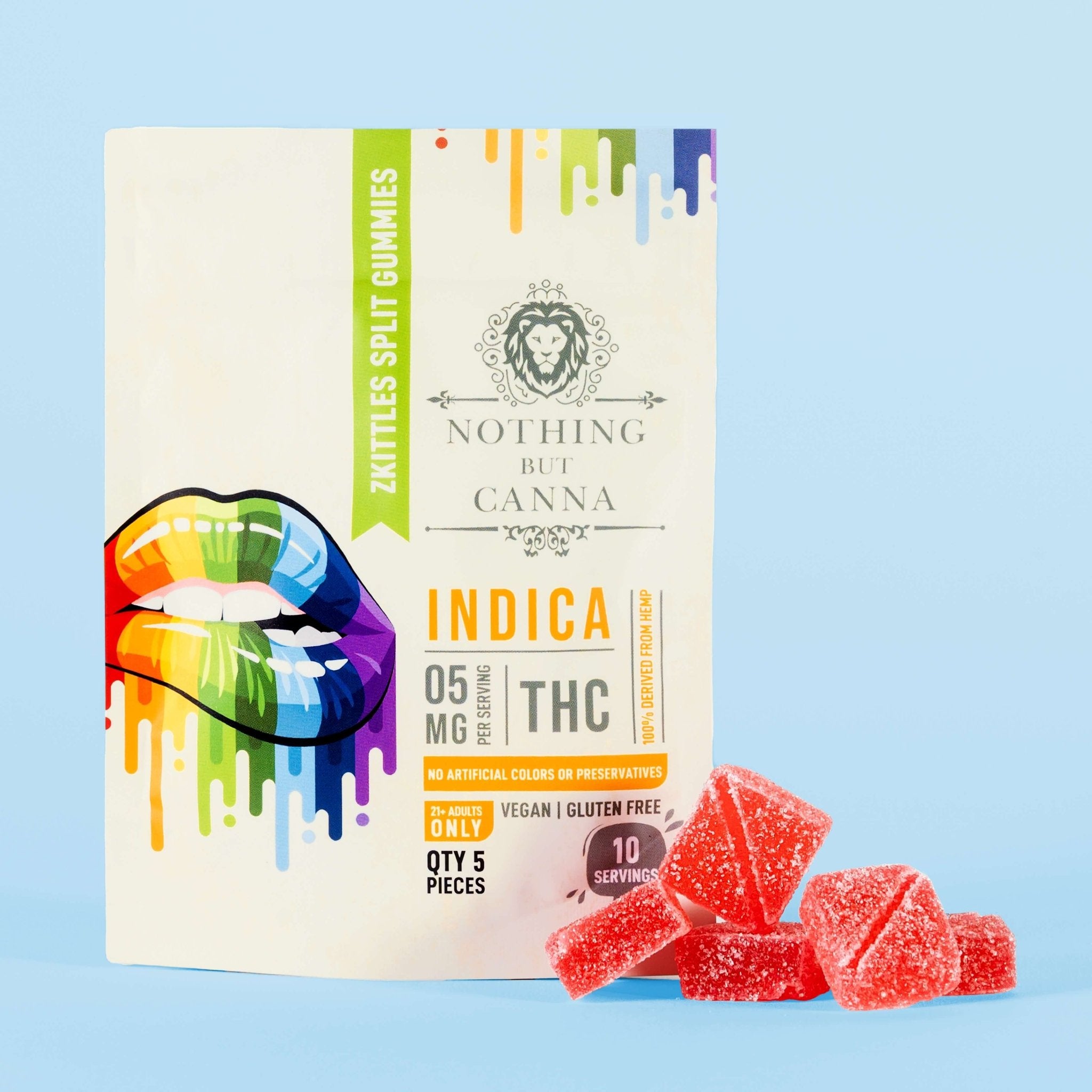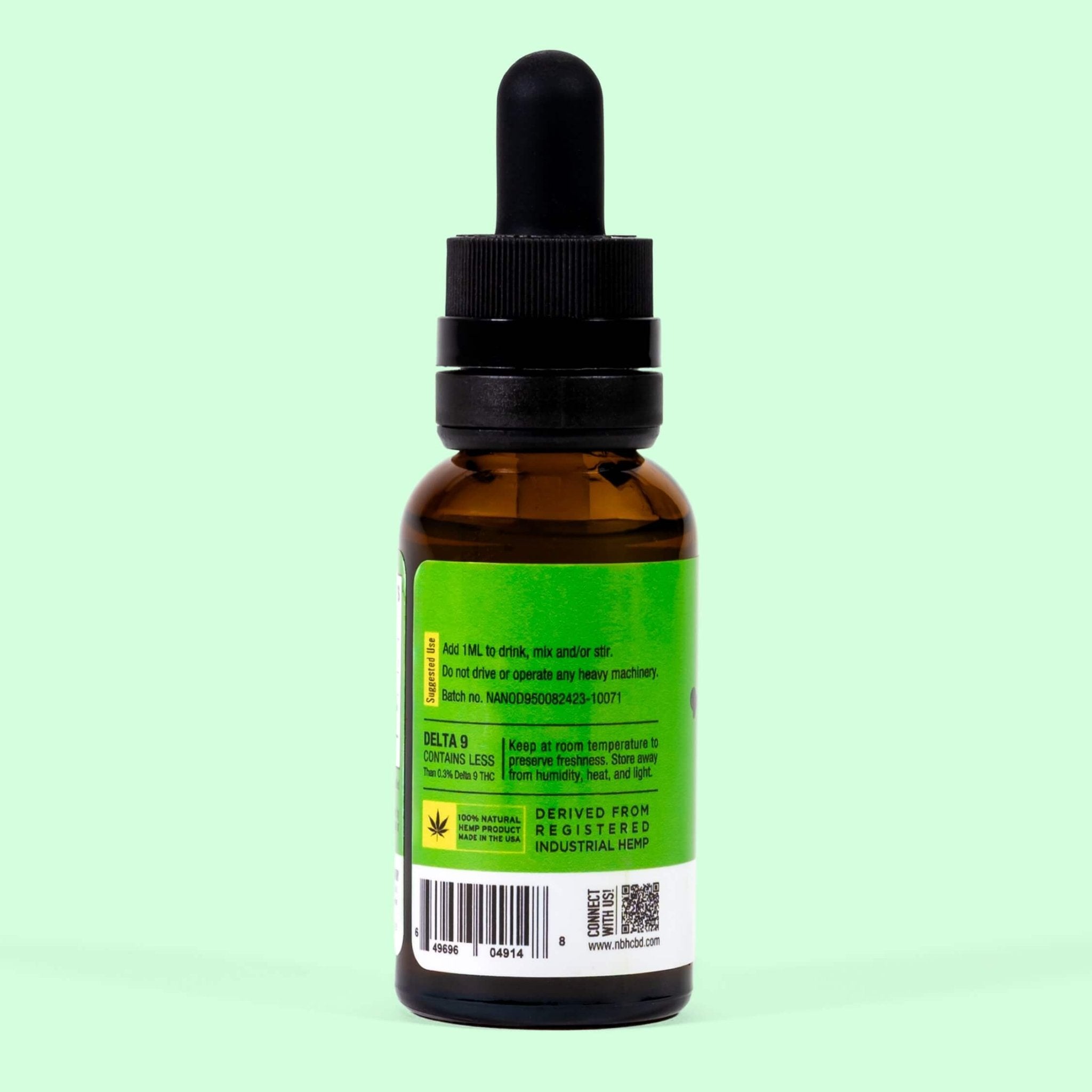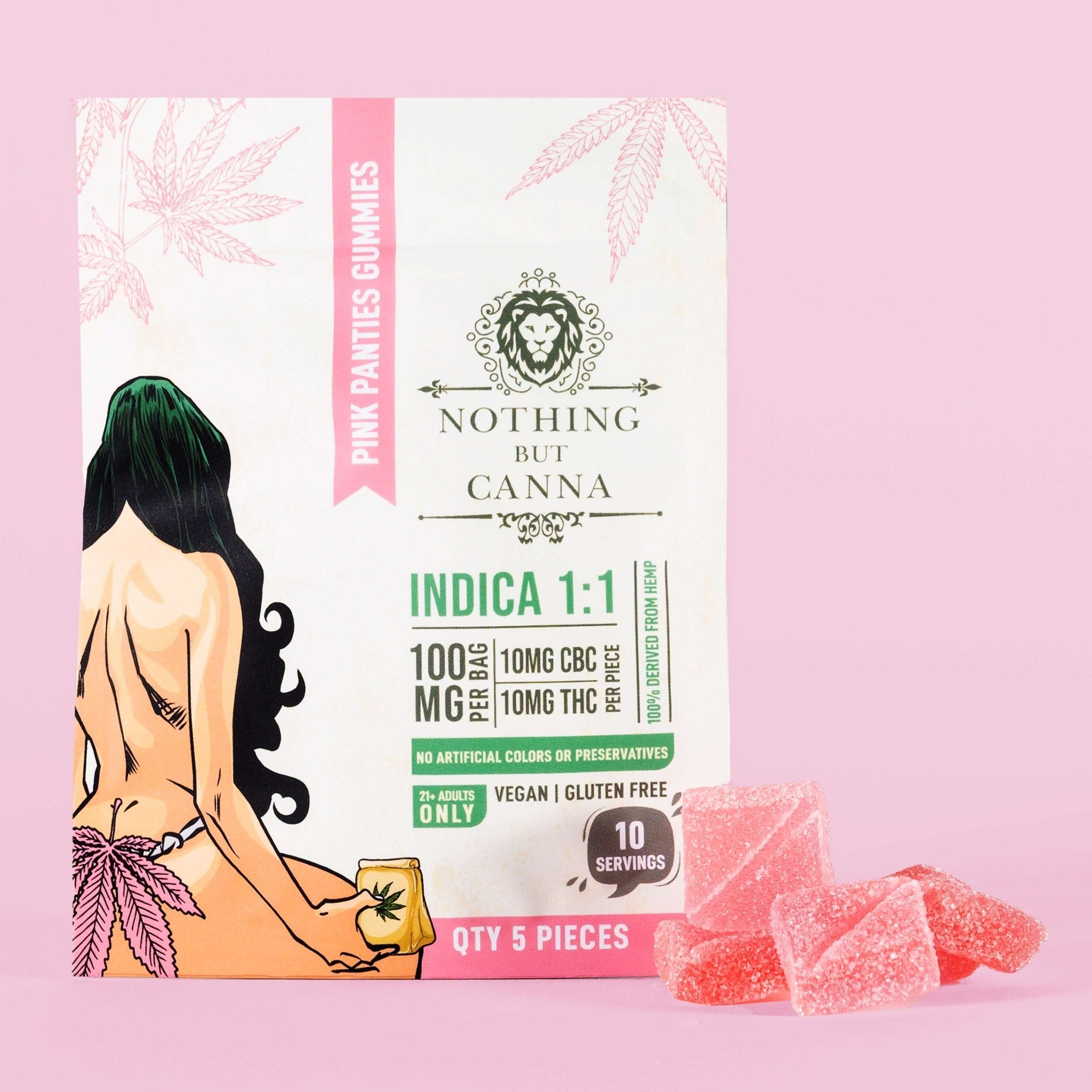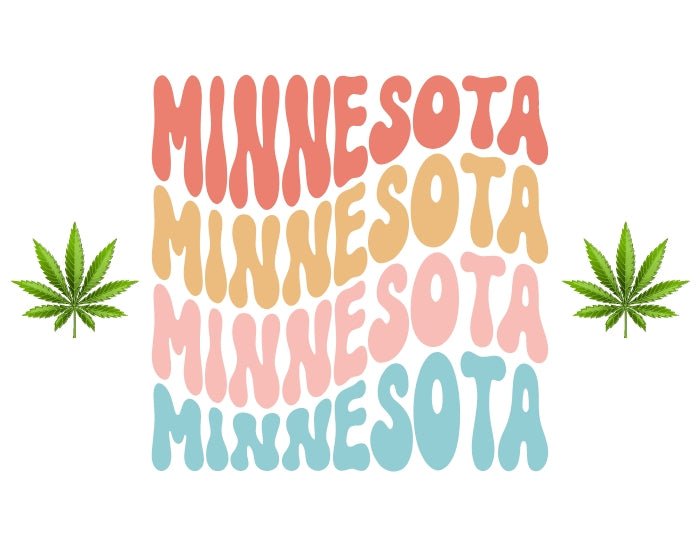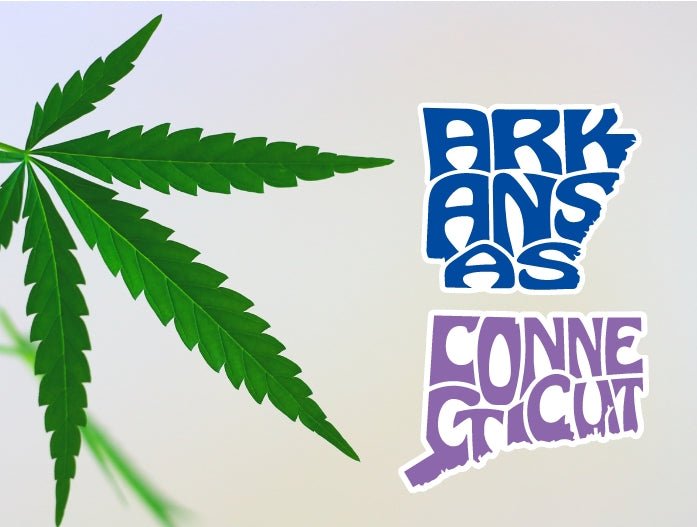The confusion that exists between hemp and cannabis has prompted calls for a uniform communication system in order to promote innovation and industry growth.

It has been almost five years since the 2018 Farm Bill ushered in the birth of the hemp industry in the United States. Since then, the market sector has experienced a spectacular expansion in this country and around the globe. With lucrative and health-edifying products like CBD and other hemp-derived products driving financial success for thousands of farmers, manufacturers and retailers, the plant, once classified as a Schedule 1 narcotic, has emerged as one of the new rock stars in the 21st-century world of the exponentially growing plant medicine industry.
However, that success has not been without significant challenges for the crop cultivated by more than one of the Founding Fathers. Much of the adversity confronting hemp and its advocates stems from the confusion many lawmakers and the general public have surrounding the difference between hemp and its sister flower, cannabis.
Both cannabis and hemp are part of the same cannabis sativa plant. The differentiating characteristic between the two is the concentrated levels of delta-9 THC within each part of the plant. Delta-9, perhaps the most well-known cannabinoid produced by the cannabis sativa plant, which generates over 100 different types of cannabinoid variants, produces the "high" associated with consuming smokable and edible cannabis products.
The 2018 Farm Bill defines hemp as any part of the cannabis sativa plant containing less than 0.3% delta-9 THC. Any portion containing more than that threshold amount is classified as cannabis and still listed as a Schedule 1 drug on the Controlled Substances List, making it illegal under federal law.
While that definition may seem clear and straightforward in the written word, its practical implementation is not as cut and dried for many political leaders and consumers struggling to understand what is and is not legal. A new position paper issued by the Federation of International Hemp Organizations (FIHO) hopes to address the issue of distinguishing hemp from cannabis (or marijuana) for potential stakeholders interested in entering the marketplace and the end user curious about the benefits afforded by hemp-derived products.
FIHO, which was formed last March and named its first Board of Directors in November, aims to:
- Promote the Production, Processing, Marketing and Trade of Hemp
- Share Information
- Produce Position Papers
- Research Development and Standards
- Highlight New Innovations and Technology for Hemp Production
The confusion over the legal ramifications has discouraged many farmers from engaging in hemp cultivation. With a wide range of rich and diverse opportunities, including animal feed, bioplastics, textiles, soil regeneration, building materials and carbon credits, the unnecessary fear and misgivings surrounding hemp are keeping it from experiencing its full potential, according to the findings.
The paper warns, "As both hemp production and regulated markets for other uses of Cannabis are strongly re-emerging in many countries worldwide, confusion will only increase without informing and educating political policymakers and professional regulators."
"As both hemp production and regulated markets for other uses of Cannabis are strongly re-emerging in many countries worldwide, confusion will only increase without informing and educating political policymakers and professional regulators."
- FIHO Position Paper for Global Hemp Terminology
The paper's authors hope it clarifies terminology for policymakers and eventually reduces the costs and risks associated with cultivating the crop for farmers. They also trust that their recommendations will guide individual jurisdictions in creating regulations that clearly distinguish cannabis from hemp while incorporating country-by-country differences.
In addition, the paper calls for a differentiation between hemp crops and hemp-derived products and to base THC limits on the amounts found in the end products and not the cultivated plant. Likewise, FIHO is requesting clarification of hemp terminology in the Harmonized Tariff Schedule (HTS) code, a system used to classify goods for international trade.
Reflecting the organization's commitment to this effort, Daniel Kruse, Vice Chairman of the FIHO board of directors, said, "With this new position on terminology, major global actors of the hemp sector show their capacity to work together and speak with one voice. We now expect policymakers to embrace this position and apply common terminology in all regions and countries of the world."
"With this new position on terminology, major global actors of the hemp sector show their capacity to work together and speak with one voice. We now expect policymakers to embrace this position and apply common terminology in all regions and countries of the world."
- Daniel Kruse, Vice Chairman of the FIHO Board of Directors
As several states struggle to come to grips with the challenges presented by the legal and health and safety issues presented by the burgeoning hemp industry in America, having a globally recognized and respected hemp organization like FIHO take the lead in developing a uniform language to aid policymakers, farmers, manufacturers, retailers and consumers better understand all aspects of the market should help the industry avoid further pitfalls and regression.
The next step for FIHO is communicating the recommendations to national and international policymakers. What they do with the invaluable information and guiding principles could powerfully impact the ultimate success or failure of the global hemp market.




